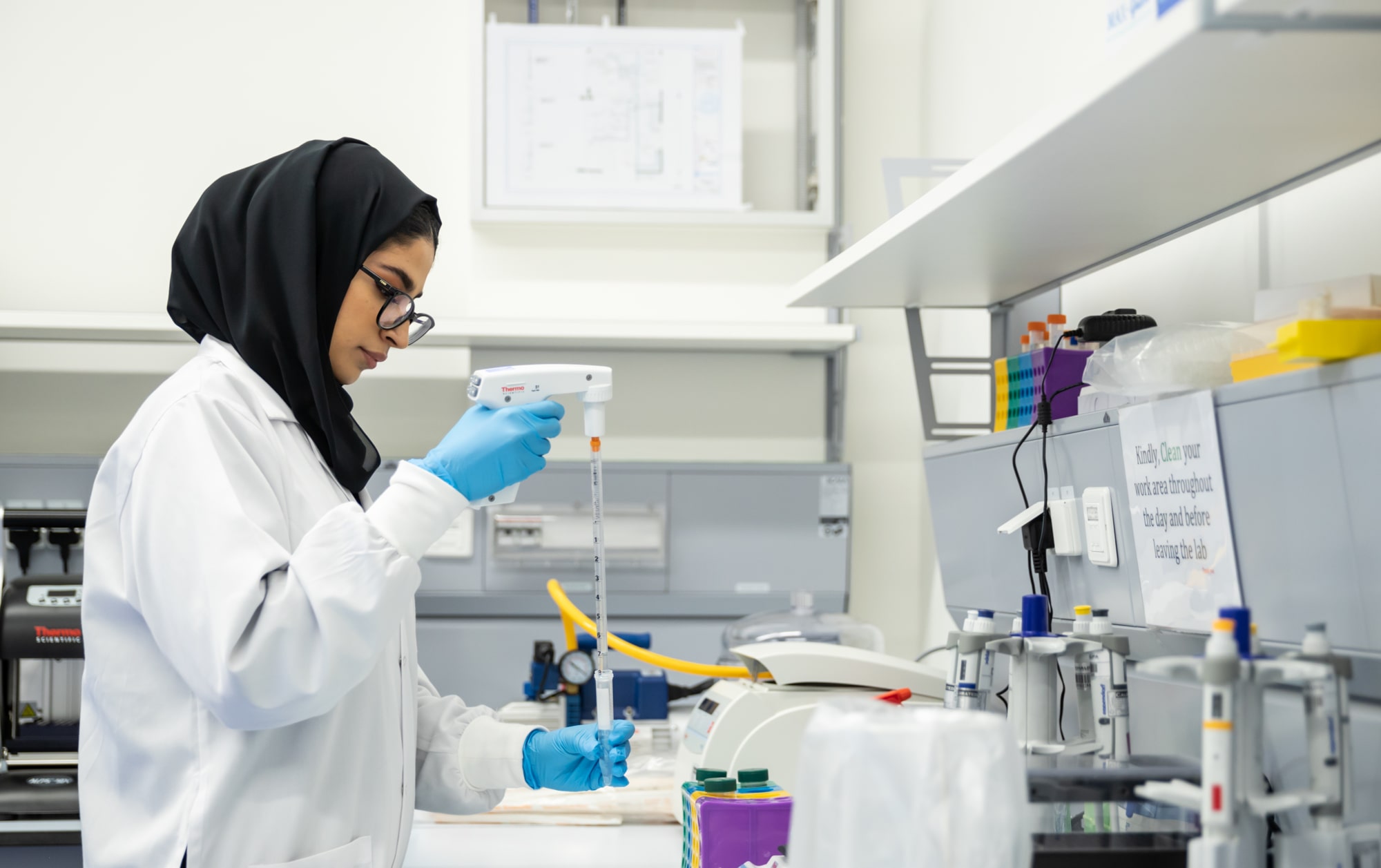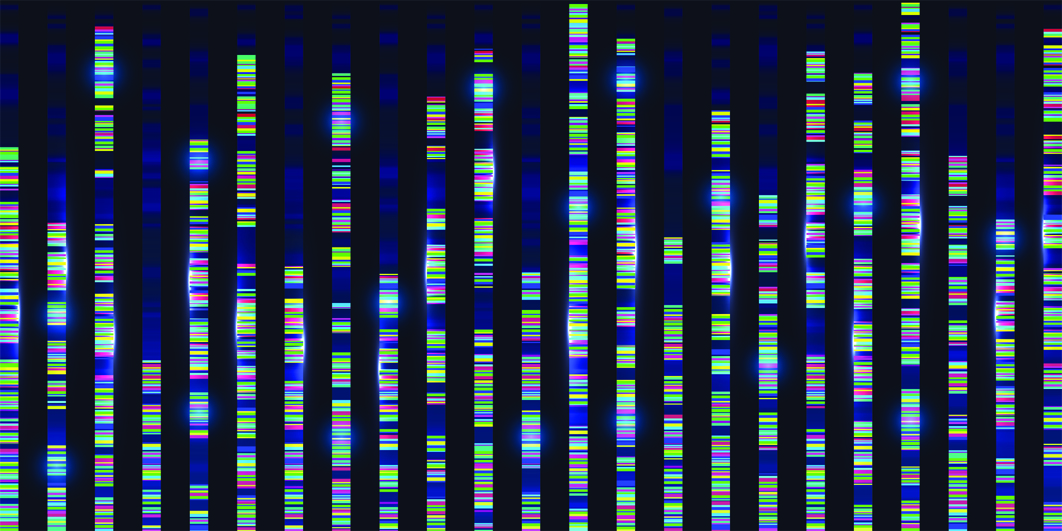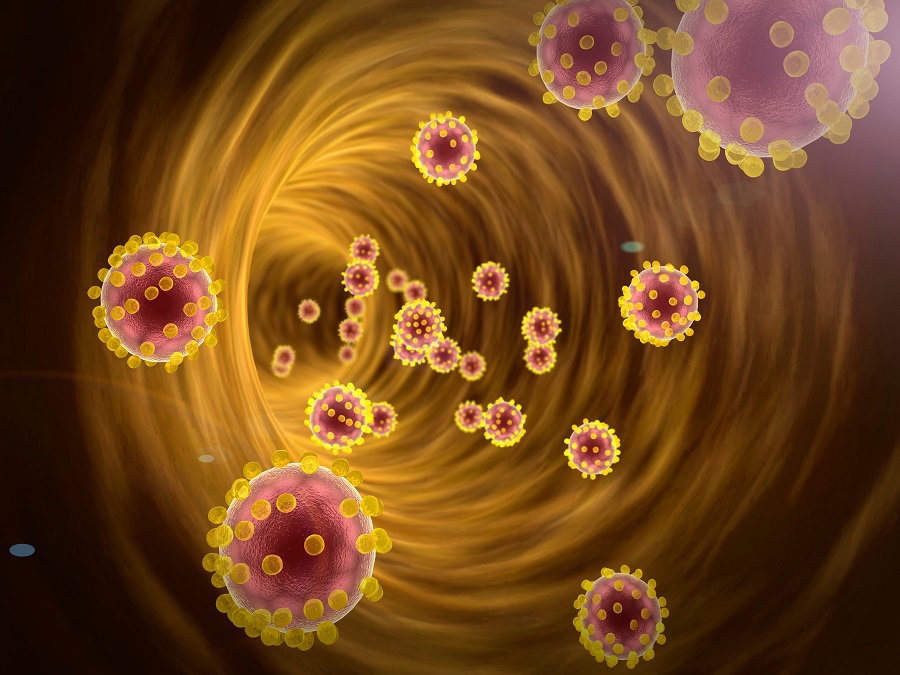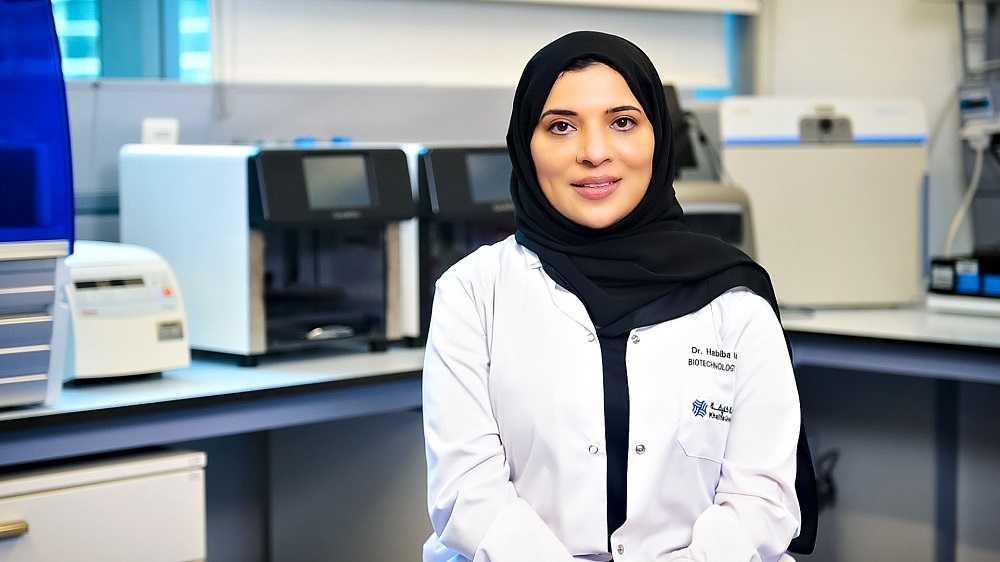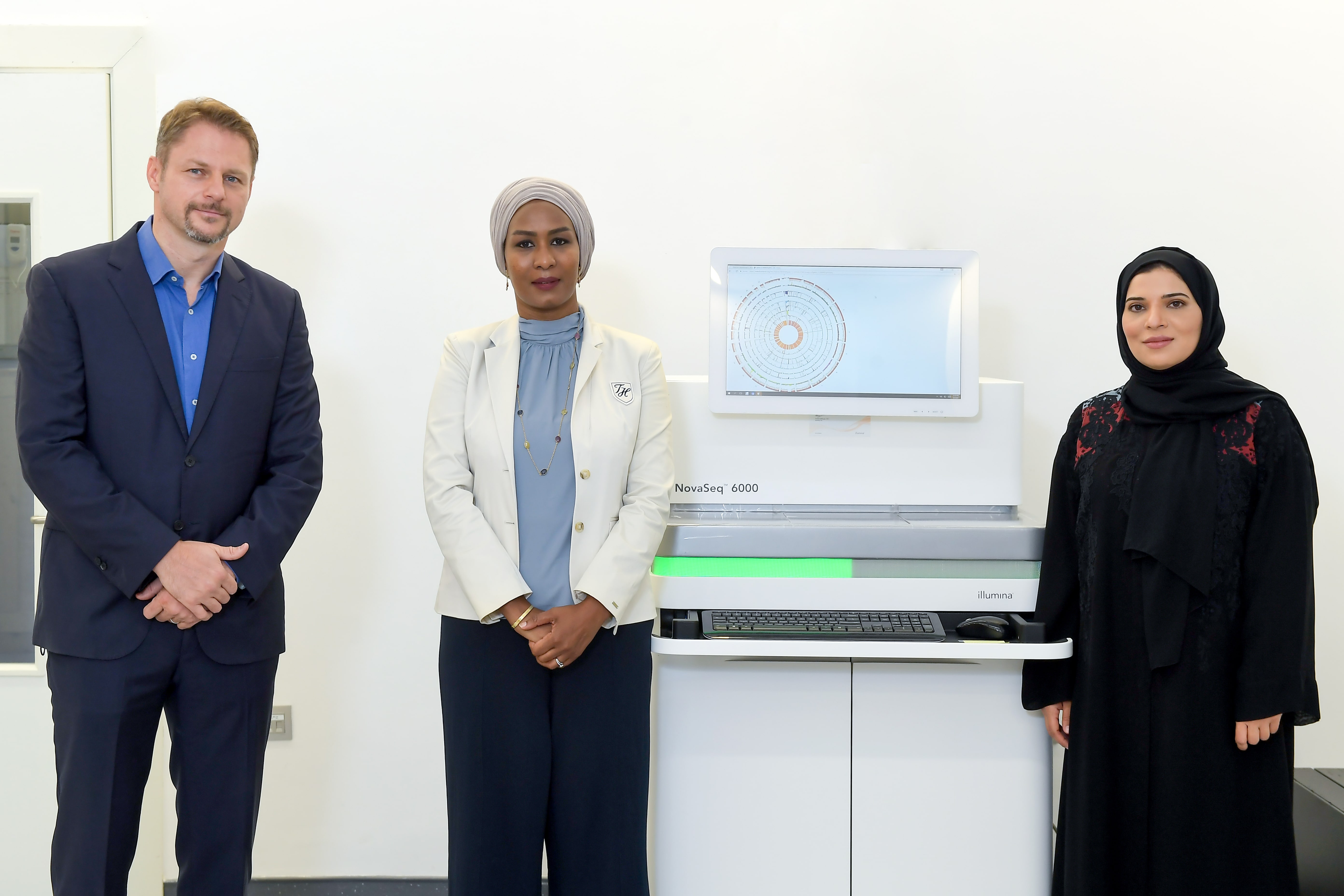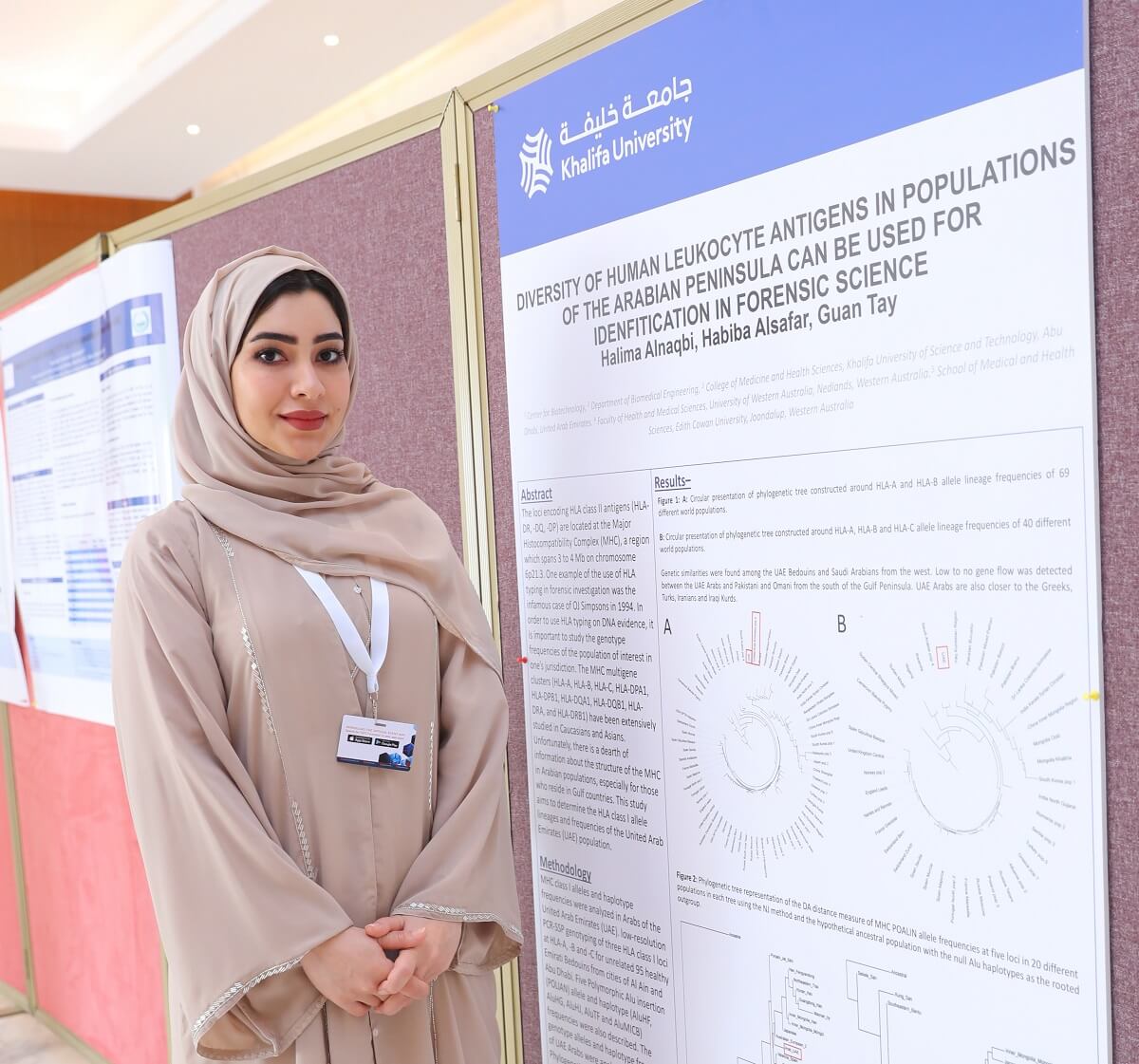
Halima Alnaqbi, PhD candidate in the Department of Biomedical Engineering, presented a poster at the 3rd GCC Forensic Conference and Exhibition entitled “The use of human leukocyte antigen diversity in the population of the Arabian Peninsula for anthropological studies.” Held in Bahrain for 2019, this event focused on the technological innovations in forensic science.
Among the basic medical sciences involved in anthropology, immunogenetics (genes of the immune system) can be used as molecular markers to distinguish between ethnic groups. Genes encoding the human leukocyte antigen (HLA) are located in a part of the human genome known as the Major Histocompatibility Complex (MHC). This set of genes codes for cell surface proteins used by the immune system to recognize foreign molecules. It is the same set of genes that are used to determine compatibility for organ and hematopoietic stem cell transplants, among many other applications. By nature, these genes are highly variable since they are responsible for differentiating self from non-self components.
“Knowledge gleaned through anthropological studies has led to a range of applications in medicine and forensics. Understanding the origin of populations and our genealogy improves our ability to detect or diagnose disease. As with all gene complexes, in order to use HLA typing on DNA samples, it is important to study the genotype and allele frequencies of the HLA genes in populations of interest,” explained Dr. Habiba Alsafar, Associate Professor of Genetics and Molecular Biology and Director of the KU Biotechnology Center. “This study is the first to define the frequencies of HLA class I alleles and HLA class I haplotypes of UAE Arabs and compare these to different world populations including those from Africa, Asia and other parts of the Middle East. These DNA markers are important for extending our knowledge of ancestry and allows for genetic profiling to narrow down the population from which a person originated.”
Since some alleles are only found in specific populations, they can be used as markers by anthropologists to determine the extent of intermixing between different populations over time. With more than 7,000 alleles, the HLA genes are arguably the most polymorphic in the human genome – meaning, multiple forms (i.e. thousands) of the HLA genes exist.
Studies have examined the HLA genes of many other populations for an array of medical purposes. For example, particular HLA types could be used to identify the susceptibility to severe disease, the occurrence and persistence of endemics, or the emergence of specific pathogens in populations. Therefore, an understanding of the population-specific HLA allele distribution can contribute to informed treatment and vaccination decisions.
“Unfortunately, there is a lack of information about the structure of the MHC in Middle Eastern populations, especially for those who reside in Gulf countries,” explained Alnaqbi.
Beyond medical and forensic applications, there is also the desire to understand where communities come from and the genetic origins of its people. The work of the team led by Dr. Alsafar has found that the Emirati genome has been influenced by the historical transcontinental migration of myriad different ethnic groups from surrounding regions and the nomadic lifestyles of the Arabian populations. Uncovering and characterizing the origins of the Emirati population has been made possible by the access to state of the art next generation sequencing technology at Khalifa University’s Biotechnology Center.
In her presentation, Alnaqbi emphasized the importance of further research in order to construct a full anthropology database for the Arabian region and to further utilize the DNA markers for anthropological studies.
Earlier research has shown that worldwide patterns of genetic diversity tend to exhibit a geographic-specific structures, indicating that natural selection was not the only mechanism that contributes to diversity. Rather, genetic diversity was also shaped by human migration, hence the interest in using immunogenetics as a tool to support anthropological investigation into human peopling history, i.e., migration to world regions where there was previously no human habitation.
To contribute to the available data on Arab populations, Alnaqbi analyzed MHC class I alleles and haplotype frequencies in consenting volunteers from the UAE. The distribution of alleles and haplotypes were identified and compared with different world populations, including those from Africa and Asia.
“These DNA markers are important for expanding our knowledge of ancestry and genetic profiling of specific ethnic groups,” explained Alnaqbi. “Their use in forensic science can potentially assist in identifying the ethnic background of individuals of interests.”
Using phylogenetic trees, Alnaqbi found genetic similarities among the UAE Bedouins and Saudi Arabians from the west. Also, little to no gene flow, was detected between UAE Arabs and Pakistanis or Omanis from the south of the Gulf Peninsula.
“Using the HLA markers available, the UAE population appears to be closer to those in Greece, Turkey, Iran and the Kurds of Iraq,” noted Alnaqbi.
Arabs form a major pan-ethnic group. The Arab League is a collective comprising 22-member states and 357 million people. Much of their history involves contact between different ethnic groups residing throughout a vast area stretching from Mauritania in West Africa to the western border of China in East Asia. Studies have shown that the current populations of Bahrain, UAE, and Oman share similarities, presumably due to their close geographical proximity. The location on the coast on the South Eastern tip of the Arabian Peninsula provided a strategic location for trade, presumably where other populations including merchants from Europe, Africa and Asia congregated.
“Further research continues and is expected to generate more data for a population database for the region and provide alternative markers as a tool to augment and validate our current understanding of the origins of the UAE genome,” said Alnaqbi.
Jade Sterling
News and Features Writer
5 December 2019


